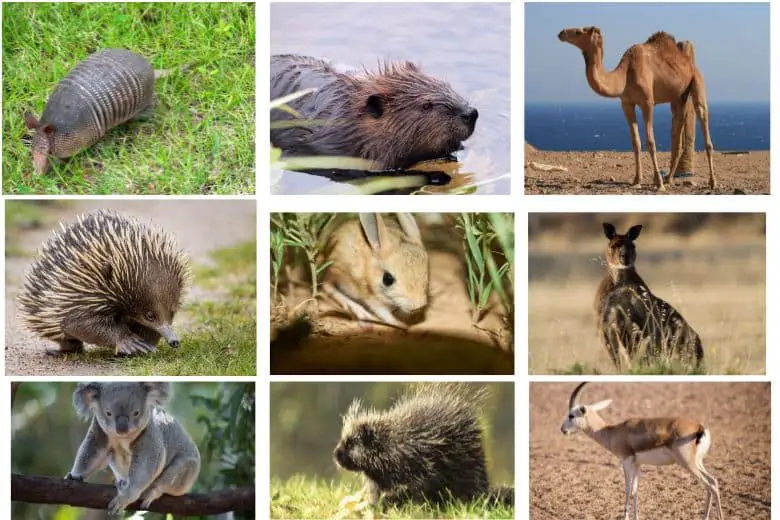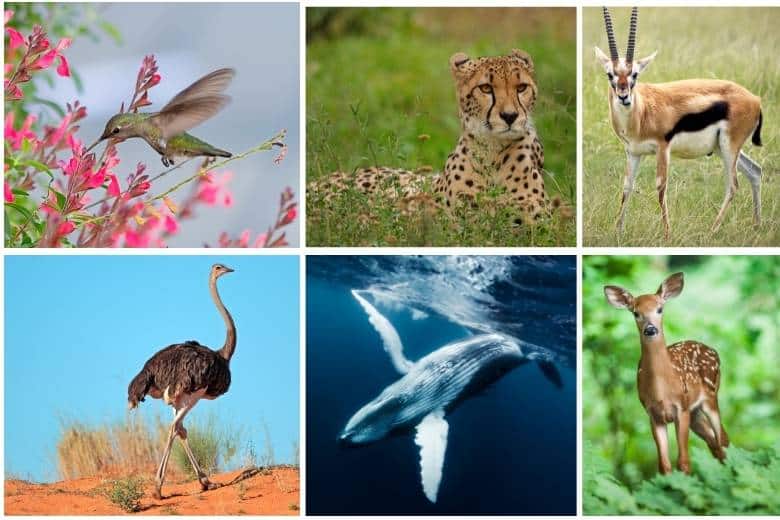Peacocks are known for their vibrant plumage and striking beauty, making them a popular sight in many parts of the world. However, despite their impressive appearance, peacocks are not immune to predation. Many animals, both natural and man-made, pose a threat to these birds in the wild and in captivity.
In this article, we will explore the topic of what predators eat peacocks, as well as how to protect these birds from harm. Whether you are a peafowl owner or simply curious about these fascinating creatures, read on to learn more.
Natural predators of peacocks
Peafowl are prey to many natural predators, including wild cats, snakes, foxes, and large birds of prey. These predators hunt peafowl for food, and their attacks can be fatal.
Wild cats
Wild cats, such as tigers, leopards, and jungle cats, are natural predators of peafowl. These cats are native to the same areas as peafowl and hunt them for food.
Snakes
Snakes are also natural predators of peafowl. They hunt peafowl for food and can easily kill them with their venomous bites.
Foxes
Foxes are another natural predator of peafowl. They are known to hunt peafowl for food, especially during the breeding season when peafowl are more vulnerable.
Large birds of prey
Large birds of prey, such as eagles, hawks, and owls, are also natural predators of peafowl. These birds hunt peafowl for food and can easily swoop down and catch them with their talons.
Man-made predators of peacocks
Peafowl are also prey to man-made predators. Humans hunt peafowl for their meat and feathers.
Humans for food
In some parts of the world, peafowl are hunted for their meat. They are considered a delicacy in some cultures and are often served on special occasions.
Hunting for feathers
Peafowl feathers are also highly prized for their beauty and are often used in fashion and decoration. Many peafowl are hunted for their feathers, which are then sold on the black market.
Prevention of peacock predation
There are several ways to prevent peacock predation, both natural and man-made.
Natural prevention methods
Peafowl can be protected from natural predators by providing them with a safe habitat. This can include planting shrubs and trees for cover and building nesting boxes to protect their eggs.
Man-made prevention methods
Man-made prevention methods include fencing and netting to keep predators out. Peafowl can also be kept in captivity, which can protect them from natural predators.
FAQs
- Are peacocks endangered?
Peafowl are not considered endangered, but some species are classified as vulnerable due to habitat loss and hunting.
- How can I protect my peafowl from predators?
You can protect your peafowl by providing a safe habitat with plenty of cover, building nesting boxes, and using fencing or netting to keep predators out.
- Do peafowl defend themselves against predators?
Peafowl have sharp claws and can use them to defend themselves against predators. They can also fly short distances to escape danger.
- What are some man-made predators of peafowl?
Humans are a major man-made predator of peafowl, hunting them for their meat and feathers.
- Are peafowl kept as pets?
Yes, peafowl are often kept as pets due to their beauty and unique personalities. However, they require special care and attention to thrive in captivity.
Conclusion
Peacocks are beautiful and fascinating creatures that face a number of challenges in the wild and in captivity. Predation by animals such as foxes, dogs, and wildcats is a constant threat to peafowl, as is habitat loss and hunting by humans. However, with the proper care and attention, it is possible to protect these birds and ensure their survival for future generations to enjoy. Whether you are a peafowl owner or simply a lover of nature, it is important to do your part to protect these magnificent birds and the habitats they call home.


